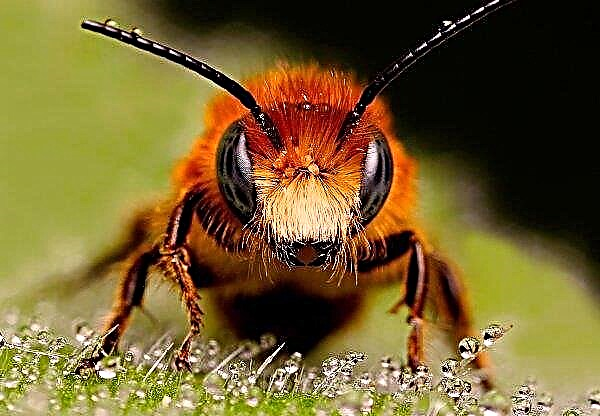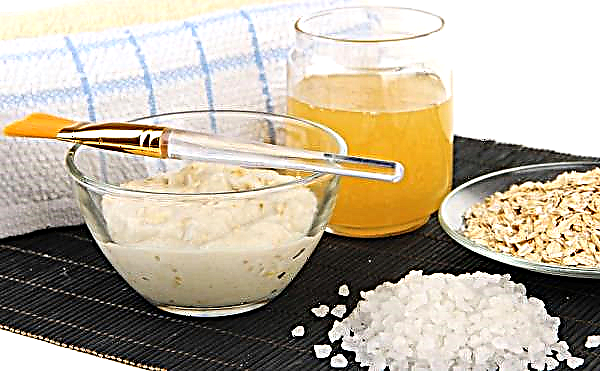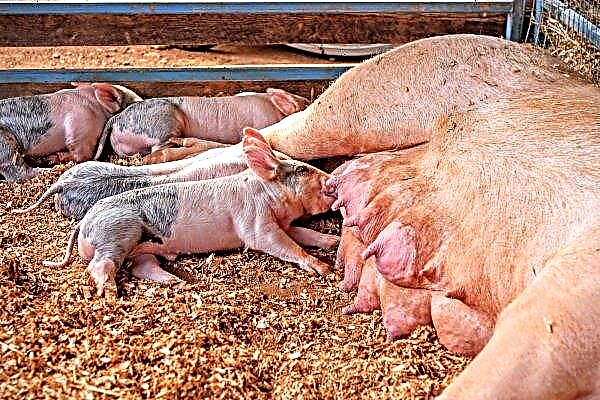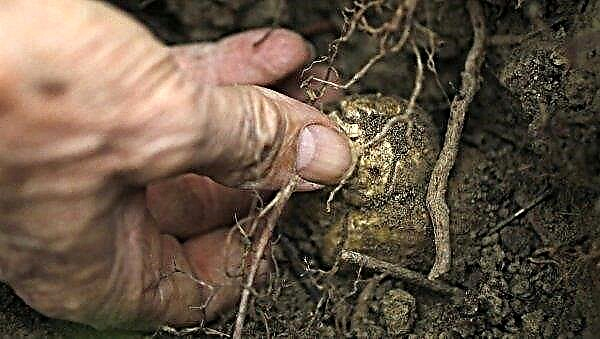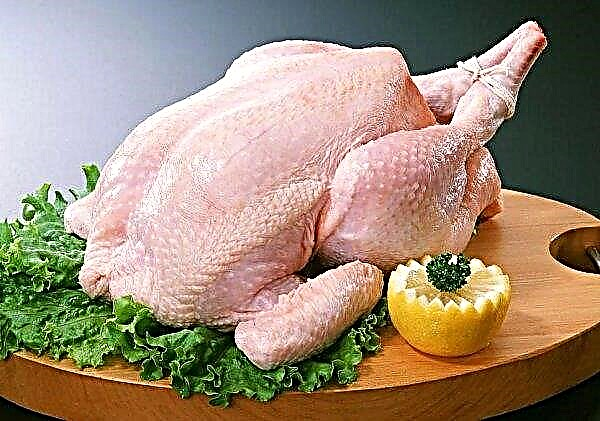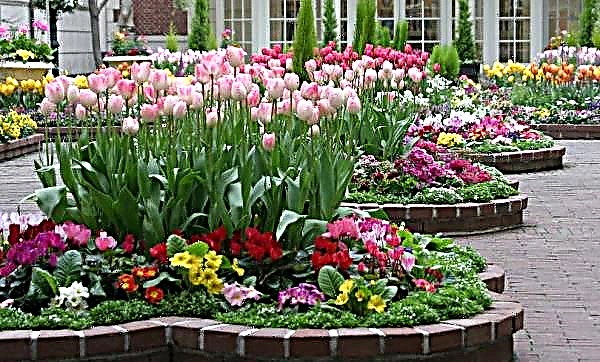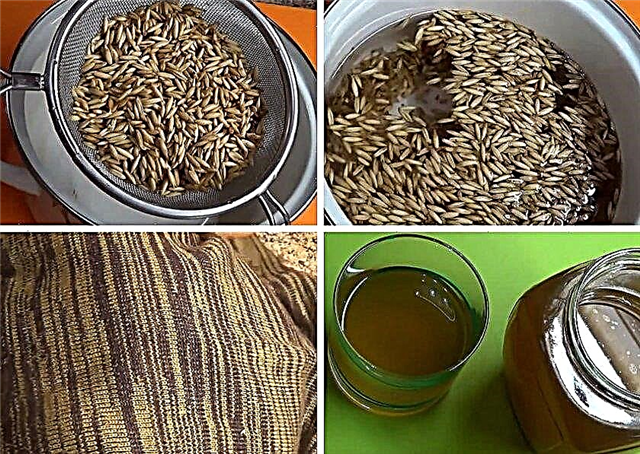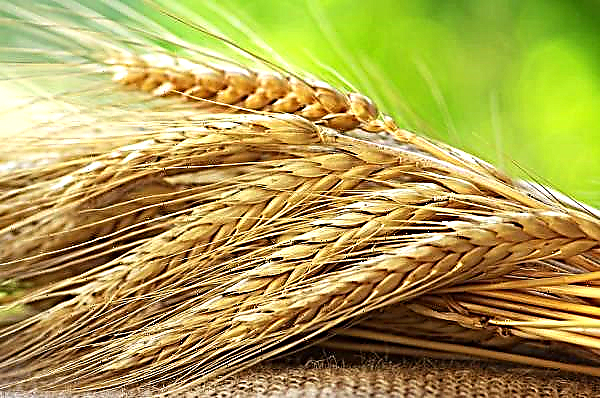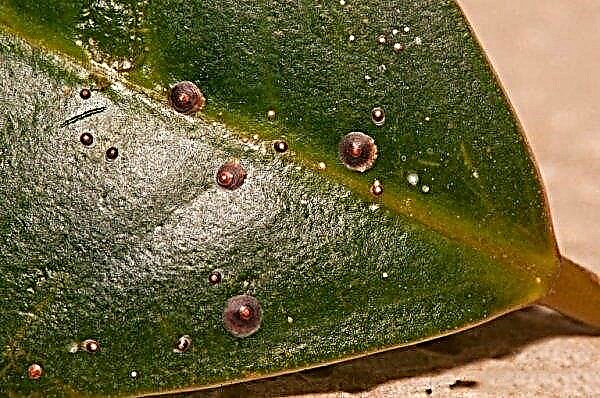In grapevine care, pruning is a highlight. Unlike other garden plants, which are cut 1-2 times a year, grapes go through this procedure many times. Every beginner grower should know that in addition to autumn and spring, summer pruning is also important. This article will help you understand why you need to cut the grapes in the summer, when and how to do it.
Why prune grapes in summer
Summer grape pruning operations are called green, as they are aimed at young, not yet lignified shoots, green leaves, inflorescences and brushes. These operations carry a preventive load, strengthen the vine and contribute to the ripening of quality berries. In southern countries and regions, green procedures lose their importance, as weather conditions are very favorable for the ripening of a plentiful harvest. But in the middle zone of Russia it is almost impossible to get a quality crop without summer pruning.
Goals achieved by green pruning:
- the balance between fruitful and barren lashes - if there are a lot of “empty” branches, then they will take the plant reserves necessary for the formation of fruits, and the presence of only fruitful shoots will yield a crop of small and tasteless berries;
- ripening of large clusters with large, juicy and sweet berries;
- nutrients and moisture from the roots faster and in larger quantities reach shoots with inflorescences, so the berries form and ripen faster;
- the whole bush is well ventilated and receives enough sunlight;
- neat, not very thick lashes are easier to care for and harvest from;
- strengthening and healing of the vine - it becomes more resistant to frost and disease.

When to prune grapes in summer
Carrying out green operations is closely connected with the stages of development of the vine: vegetation, flowering, the formation of ovaries, ripening berries, harvesting. They also depend on the region and weather conditions.
Important! Whether or not to mint and lighten, the vine-grower decides. These procedures are not relevant for all grape varieties and not in all regions..
The following periods are characteristic of the middle band:
- May - beginning of June, before flowering begins - breaking off young shoots and pinching fruitful shoots;
- July, after flowering - pinching;
- August, during ripening of berries - chasing and clarification.
Cropping pattern
A feature of summer pruning is that all processes are performed without any tools. In fact, pruning is called breaking off or breaking off green shoots, leaves and inflorescences with hands. However, although neither a knife nor a pruning shears are used, each stage must be performed correctly, according to a certain scheme. Grape pruning scheme in summer
Grape pruning scheme in summer
Removing stepchildren
Immediately after the inflorescences bloom, you can plan for pinching, that is, breaking off stepsons, or lateral processes growing from the axils of the leaves. If this is not done, the bush will be very overgrown, shaded and painful, and the berries will be sour and tasteless. Stepsoning will prevent this. To perform the procedure, you just need to put a thumb on a thin branch, and it easily breaks.
There is no need to break off the stepson at the very base, otherwise in a couple of days a new escape will appear from this place. It is enough to pinch off the upper part of the sprout by 1.5–2 cm. This procedure can be repeated weekly.
Topping
Pinching is the removal of the shoot's growth point to stop its growth. The purpose of this procedure is to stimulate the formation and ripening of fruits. It is performed very simply: with the two fingers, the tops of the lashes are plucked by about 2-3 cm. Thanks to this, the nutrients that were previously sent to the upper growth points are redirected to the inflorescences. Without this step, the flowers are undernourished and showered. Pinching is especially important for cultivars with loose clusters. The procedure lasts about 2 weeks, then it can be repeated.
Video: pinching grape shoots
Chasing
At the end of summer, chasing, or shortening of shoots, is performed. The procedure is similar to pinching, but differs in that it is not just the crown that is removed, but a significant part of the shoot (up to 40 cm). Moreover, 13-15 productive leaves should remain on the cropped whip. Chasing is necessary to accelerate the ripening of bunches. It is especially important for late-growing vigorous cultivars, whose harvest without this stage of pruning simply will not have time to ripen. Weak and early varieties can do without it.
Important! Chasing is usually done manually. But you can use a sharp knife or secateurs, which must be sanitized before the procedure.
Foliage removal
When the clusters are formed, the berries are already poured, but not yet ripe, clarification, or removal of the leaves, is carried out. This procedure makes sense for thickened foliage varieties. It is more relevant for the middle band, where the fruits may not have time to ripen than for the southern region. Objectives of the operation:
Objectives of the operation:
- lightening the clusters so that they receive more sunlight and mature faster;
- better ventilation of all parts of the bush;
- infection prevention, for example, gray rot.
To achieve these goals, you can safely pick 5-10 leaves on each shoot.
Did you know? According to the biblical report, Jesus Christ called himself the vine, and his disciples called the branches. He said that branches that do not bear good fruit will be pruned.
What leaves should be torn off:
- bunches of sunshine;
- old and yellowed;
- growing at the bottom of the vine.
Useful Tips
Summer green operations are conditional pruning, as they are performed without tools. At the same time, the vine gets a very light load. Nevertheless, in order not to harm, but to strengthen the bush, you need to consider several important points:
Nevertheless, in order not to harm, but to strengthen the bush, you need to consider several important points:
- All stages of trimming should be carried out in due time, otherwise they lose their meaning and will not be useful.
- Whatever method of pruning is carried out - by breaking off shoots or pruning by secateurs, it can weaken the immunity of the vine. Therefore, after the procedure, it is desirable to treat the plant with a fungicidal agent for the prevention of diseases. If traces of gray rot are noticed, then the bush should be sprayed with a solution of potassium permanganate, and bunches with a solution of baking soda.
- The regime of watering, fertilizing and weeding does not differ from the usual.
- After a hurricane or hail, you need to remove all damaged shoots. If the damage is significant, it may be necessary to trim all primary branches to the base.
To get delicious grapes, the vine needs to be well looked after, on time and properly pruned. Listening to the advice of experienced winegrowers, even beginners can cope with this task.

